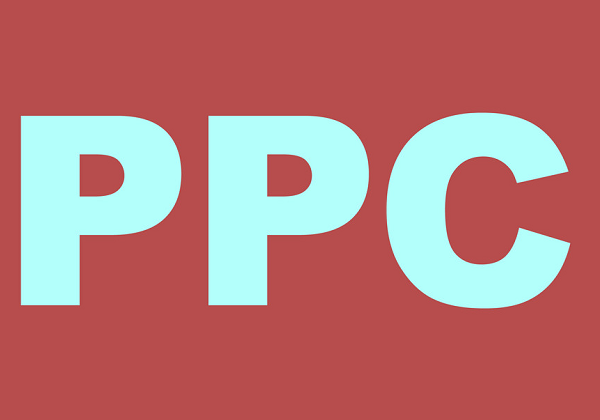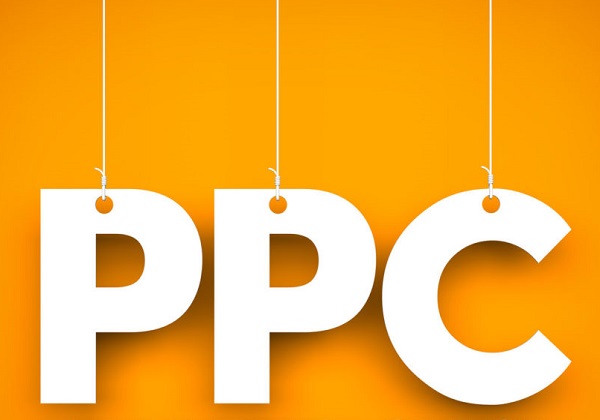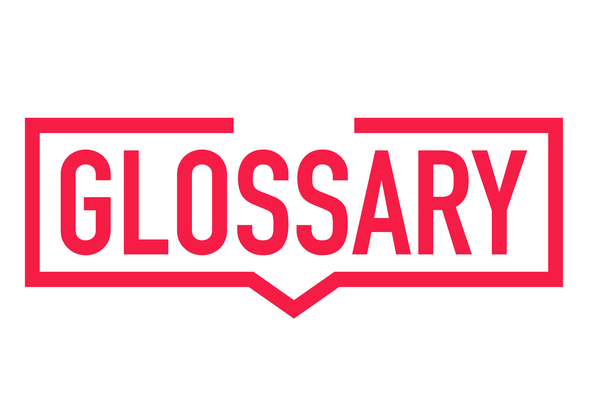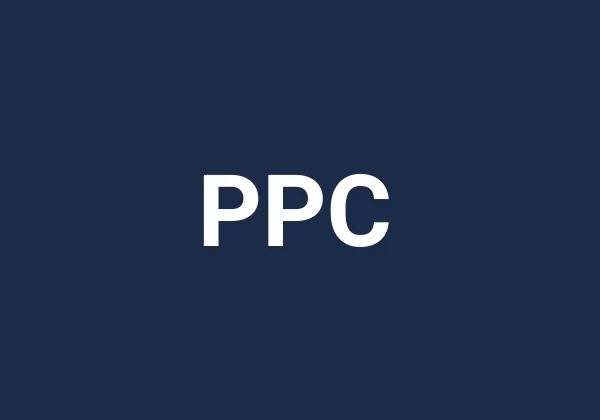


Several businesses use paid search Ads and every marketer should have a basic understanding of Pay Per Click (PPC). Proper implementation of PPC (falls under search engine marketing) can help you to achieve quality leads. In PPC, an advertiser must pay for the clicks or impressions of Ads. You can expect a good Return on Investment from your PPC campaigns if you create user-friendly web pages. Pay per click advertising is commonly used on search engines (Google, Bing) and social media platforms (Facebook, Twitter). Your PPC Ads can be observed before and to the right of the organic search results. Pay per click can help you to rank for competitive keywords, improve brand awareness and advertise your marketing initiative.
A. PPC Terms: Following are the terms you should know if you are going to enter the pay per click advertising space:
SEM: Search engine marketing (SEM) includes both pay per click (PPC) and search engine optimization (SEO). Any digital marketing activity performed on a search engine like Google and Bing is referred to as SEM.
CPC: Paying for each click on your Ads is termed as Cost per Click (CPC). You can expect a better Ad placement if you place a higher bid.
CTR: Click-through rate (CTR) is defined as the number of clicks received by your Ad divided by the number of times your Ad is shown.
Quality Score: Three components to improve the quality score are Ad relevance, landing page experience and expected click-through rate (CTR).
Maximum Bid: The maximum amount that you are willing to pay per click on your Ad.
CPM: It is commonly used for display Ads and paid social. CPM is known as cost per one thousand impressions.
Campaign: Structuring your Ad campaign is the first step to set up your pay per click (PPC) Ads.
Ad Group: Each campaign consists of one or more Ad Groups. An Ad Group helps you to organize your Google Ads account.
Keywords: A set of relevant keywords will be targeted for each Ad within your Ad Group.
Landing Page: This is a critical piece of your pay per click (PPC) campaign. Users click on your PPC Ad and end up on the landing page.
B. PPC Platforms: Following is the list of effective pay per click (PPC) platforms:
Google AdWords: A powerful platform helps you to increase your in-store visits, receive more calls and boost traffic to your website. Google AdWords should always be a part of your paid strategy if you are using pay per click (PPC) to advertise your products.
Bing Ads: A pay per click platform assist you to generate search leads at a relatively lower cost. Bing is a search engine of Microsoft and an alternative to Google.
Facebook Ads: This is an effective platform because its targeting options are too specific. You can advertise on Instagram using Facebook Ads.
C. PPC Advertising: Following are the steps for you to set up an effective campaign:
Goals Creation: Some pay per click (PPC) goals that you can consider are brand awareness, lead generation, sales and website traffic.
Campaign Types: Different types of campaigns are Display Ads, Social, Remarketing, Google Shopping and Search Ads. Digital Marketing Boy suggests you try a combination of campaign types for testing and analysis.
Keywords Research: Use one of the powerful SEO tools 'Google Keyword Planner' to select the most relevant keywords. Analyze the specific theme of your Ad Group and select the keywords accordingly. Read the blog 'SEO Keyword Research' for more information.
Tracking: You should install Google Analytics on your website. This free-to-use tool can help you to analyze the performance of your web pages.
D. Best PPC Practices: Implement best PPC practices and improve the performance of your pay per click (PPC) campaigns:
Ad Copy: An Ad of a search campaign includes a short description, a headline and a URL. Be sure that your Ad is created with the main keyword and an actionable Call to Action (CTA). You should also perform A/B split tests with your Ad copy.
Landing Page: You can expect quality score improvement and better Ad placements if you consider a high converting landing page. Features of a PPC Landing Page are responsive form, specific Ad text, a strong headline and a clean layout.
A/B Testing: An important element that can assist you to increase both your conversion rate and your click-through rate (CTR). Ad testing must be performed on keywords, description, headline and landing page.
Return on Investment: You should consider maximizing your ROI by creating relevant Ads, improving your quality score, following landing page best practices and determining an Ad budget. Other things include bid adjustments, tailoring your audiences, sitelink extensions, Ad scheduling, negative keywords monitoring and conversion tracking.
E. PPC Tracking: Use pay per click (PPC) management tools if you want to track all the variables of PPC campaigns. Read the blog 'PPC Tools' to make your life easy.
F. PPC Metrics: Following are the PPC metrics that everyone should know:
Impressions: Number of times your Ad is viewed.
Cost per Click (CPC): The price that you pay for each Ad Click.
ROAS: It is short for 'Return on Ad Spend'. ROAS is defined as dollars received for every dollar spent on PPC campaigns.
Click through Rate (CTR): This is defined as the number of clicks your Ad receives divided by the number of times your Ad is shown.
Conversion Rate: Defined as the percentage of people that become lead or customer after completing the call-to-action on your landing page.
Cost per Conversion: Total cost of a pay per click (PPC) Ad divided by the number of conversions.
You should always consider pay per click (PPC) as a part of your digital marketing strategy. Implement PPC campaigns to achieve higher search engine rankings and get an edge on your competition.

Local PPC can help you connect, engage and grow your business.


Pay per click (PPC) definitions every advertiser should know.

Pay per click (PPC) management helps you to grow your business.